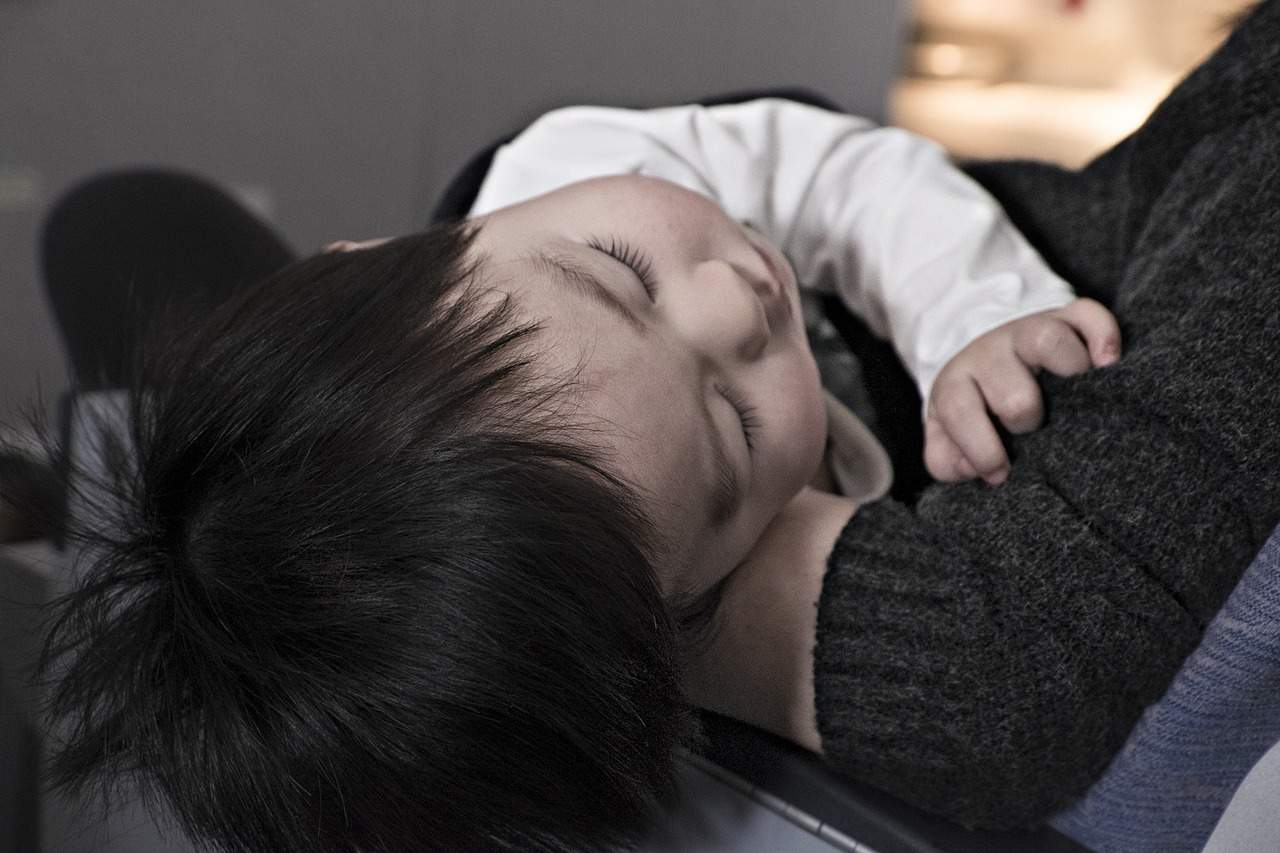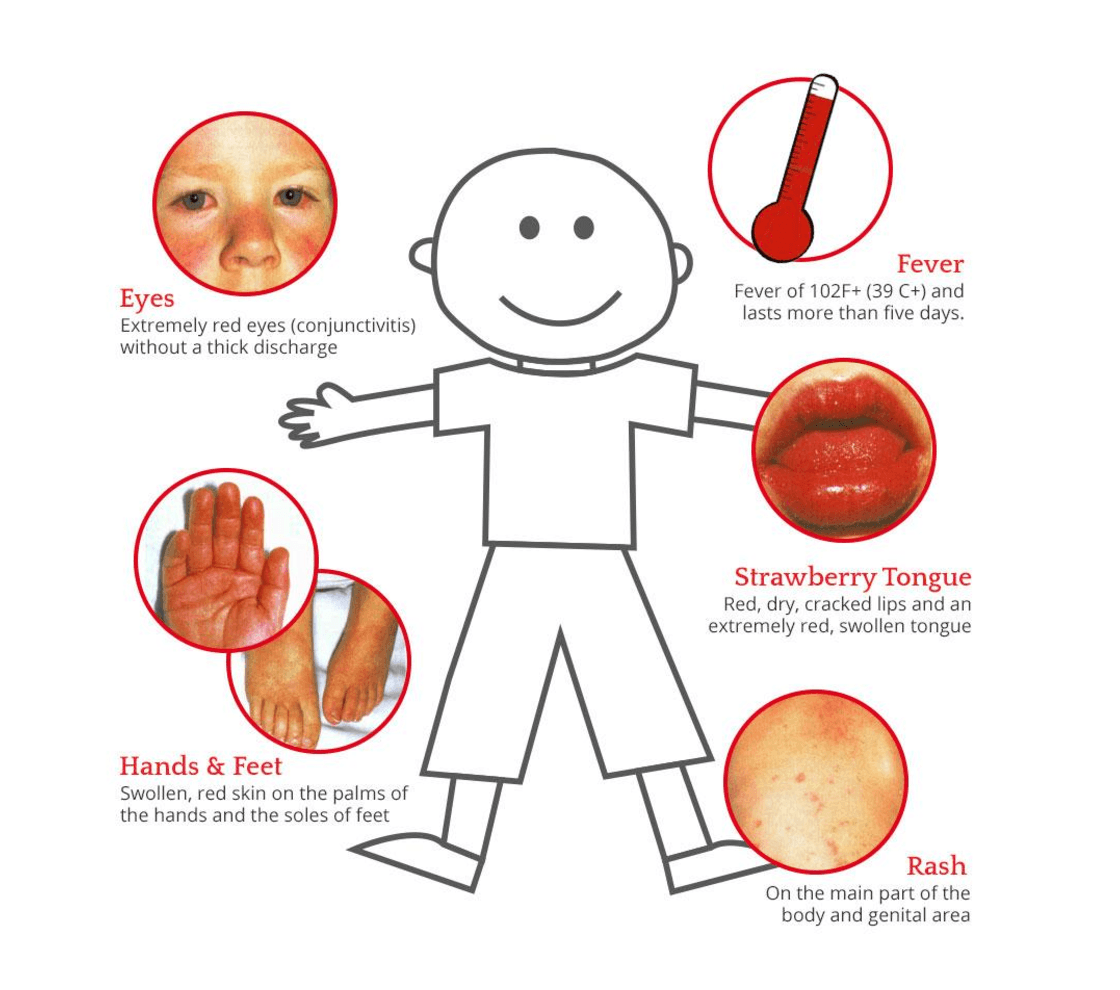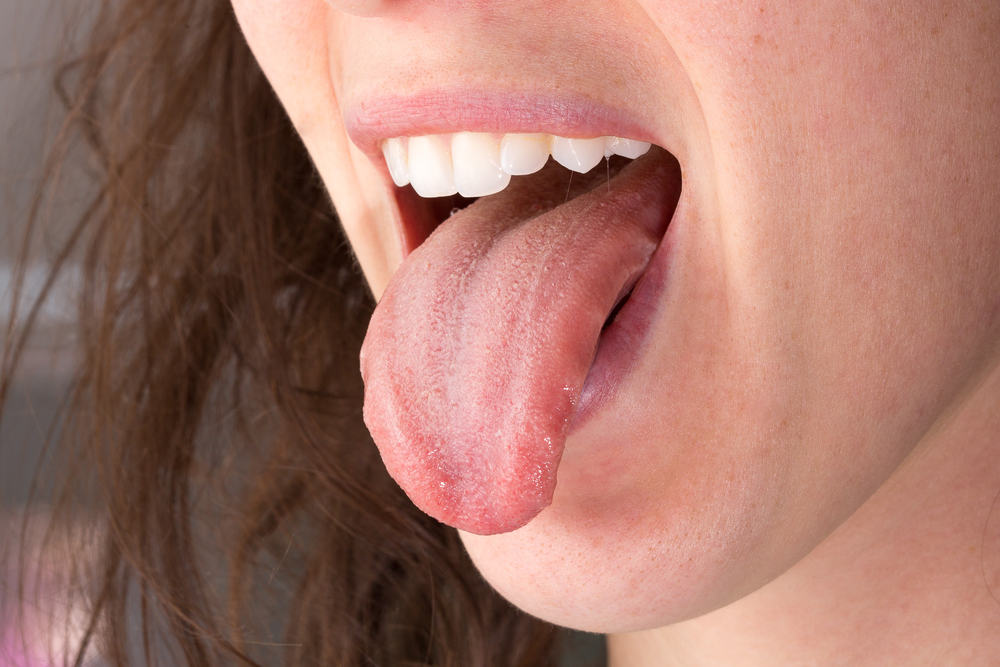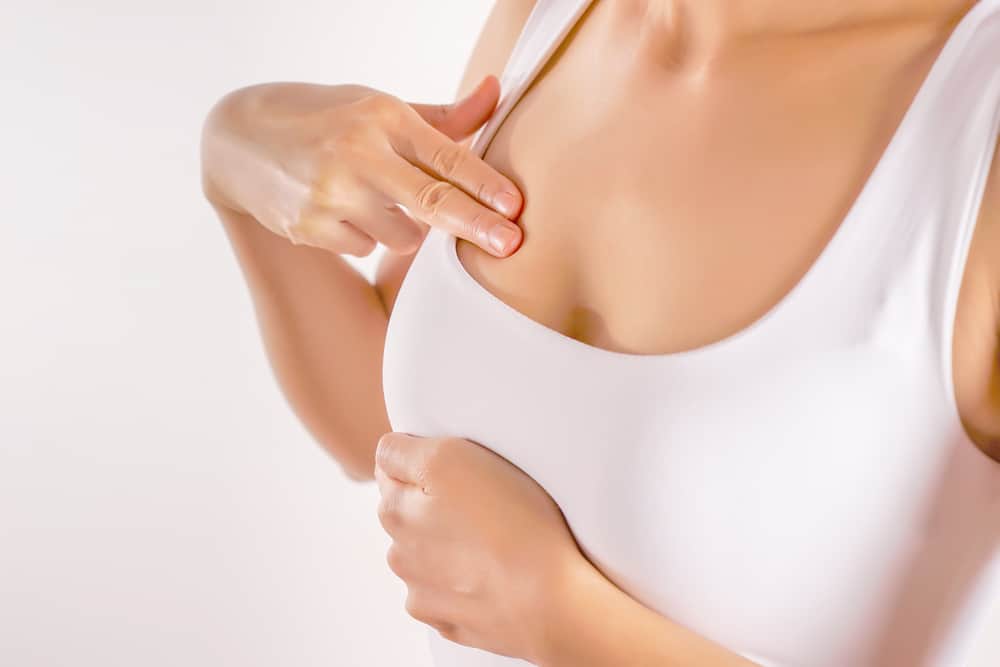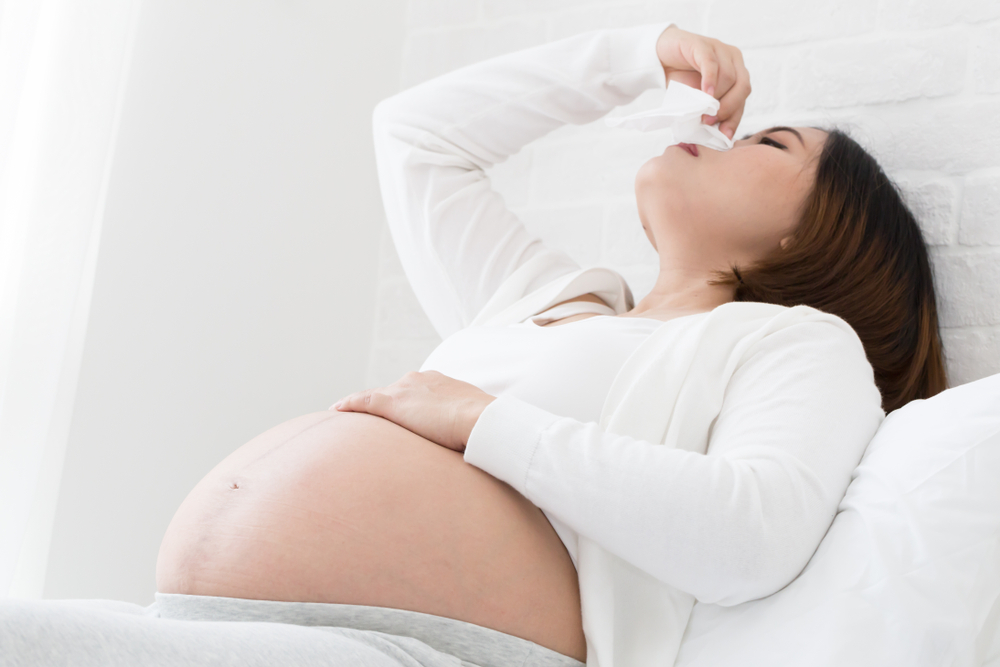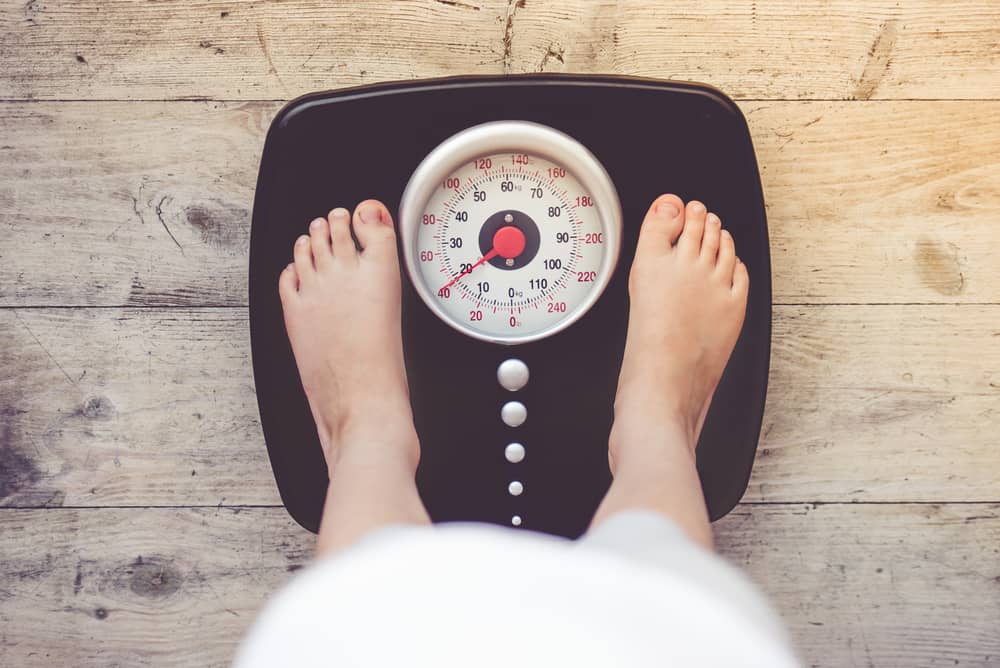Contents:
- Medical Video: Kawasaki Disease: Updates for pediatric primary care providers
- Causes of Kawasaki disease
- Symptoms of Kawasaki disease
- First phase
- Second phase
- Third phase
- Chronic phase
- Treatment of Kawasaki disease
Medical Video: Kawasaki Disease: Updates for pediatric primary care providers
Days of fever and a child's red rash in children are often considered trivial by most parents, even though this symptom is one symptom of a disease in the heart and blood vessel systems that is vulnerable to attacking young children: Kawasaki disease. Kawasaki disease attacks the arteries and causes inflammation or inflammation of the blood vessel walls throughout the body. In further cases, this disease can spread to the coronary artery swelling, which is the blood vessel that carries blood to the heart, and causes a variety of further vascular and heart diseases. Not only that, this disease also attacks the lymph nodes, skin, and mucous membranes in the mouth, nose and throat, so it is often referred to as mucocutaneous lymph node syndrome.
Symptoms of Kawasaki Disease in Children (Image source: https://www.kawasakikidsfoundation.org)
This disease generally affects children under the age of five, often in the age range of one to two years. Symptoms that are similar to those that are considered "mild" make this disease often diagnosed late. According to a child heart consultant, Dr. Najib Advani SpA (K), MMed. (Paed), most new patients are treated when they are already in the sub-acute phase, where a heart abnormality has occurred. This is very risky considering late handling will be fatal for children.
Causes of Kawasaki disease
Experts do not know the exact cause of Kawasaki disease, there are still too many possible causes of cardiovascular disease in these children. Most likely this disease is caused by a virus, seen from the characteristics of the symptoms caused. However, considering this disease is not contagious, it seems that the virus is not the only cause of this disease. Some studies suggest that Kawasaki disease is probably caused by an abnormal reaction to a particular virus. Another study also said that this disease is an autoimmune disorder, in which the immune system in a child's body thinks that body tissues are pathogens so they are attacked.
Symptoms of Kawasaki disease
Symptoms of Kawasaki disease are divided into three phases, namely the acute phase, the sub-acute phase, and the healing phase. However, in some cases, patients can experience an advanced phase, namely the chronic phase.
First phase
The first phase is called the acute phase which lasts for one to two weeks. Characteristics and symptoms that may be shown by children who have this disease:
- Fever more than 39 degreesC and lasts for five days or more
- Red eye (conjunctivitis) without dirt
- Red rash on parts of the body and genitals
- Swollen lips, red, dry, cracked
- Swollen and red tongue (strawberry tongue)
- The palms and soles of the feet are swollen and red
- Swelling of the mucous membranes in the neck
The symptoms shown in this first phase are somewhat similar to other diseases, such as fever, measles, allergies, or goiter (parotitis). Many parents think that their child has an ordinary fever, so they give acetaminophen or ibuprofen to relieve fever in children. However, fever in children suffering from Kawasaki disease will not be responsive to antipersis or antibiotics. In addition, administration of drugs can also interfere with the measurement of how severe and how long the duration of a child's fever, which will be used for further diagnosis by the doctor concerned. Diagnosis should be done at this stage.
Second phase
The next phase is referred to as the sub-acute phase, can occur until the sixth week. Characteristics that can be seen:
- Exfoliation of the skin of the hands and feet, especially at the fingertips
- Joint pain
- Diarrhea
- Gag
- Loss of appetite
- Abdominal pain
In this phase, there is an increase in the number of platelets in the body that can exceed 1 million / ml of blood (thrombocytosis) and the development of coronary aneurysm. If in this phase the child still has fever, the risk of heart complications increases. The risk of sudden death also increases dramatically in this phase.
Third phase
In the third phase, namely the healing phase, signs and symptoms slowly begin to disappear, unless the complications of the disease get worse. After one to two months from fever, horizontal transverse lines appear on the nails of the hands and feet, known as Beau lines, due to a disease that affects the whole body. In the healing phase, heart abnormalities may still be present.
Chronic phase
Chronic phases only occur in patients who experience severe heart complications. This usually can continue into adulthood, given the blockage of the arteries formed in childhood can rupture as an adult. Other complications that may occur include inflammation of the heart muscle (myocarditis), inflammation of the pericardium (pericarditis), abnormal heartbeat (arrhythmia), enlargement of heart size (cardiomegaly), to disorders of the heart valves that cause blood to flow from the left ventricle to the atrium left (mitral regurgitation).
Treatment of Kawasaki disease
As said earlier, the faster the treatment of this disease, the further the risk will be reduced. If the child experiences some symptoms as described in the symptom section in this phase of the disease, parents are encouraged to visit a doctor, especially a pediatrician and pediatric cardiologist, for further diagnosis. There are two types of Kawasaki disease treatment, namely using immunoglobulin drugs (IVIG) and aspirin, both of which must be carried out based on professional approval.
READ ALSO:
- Get to know the symptoms of tuberculosis (TB) in children
- Get to know Hepatoblastoma, Liver Cancer in Children
- 6 Signs of Mental Abnormalities in Children Who Cannot Be Ignored

